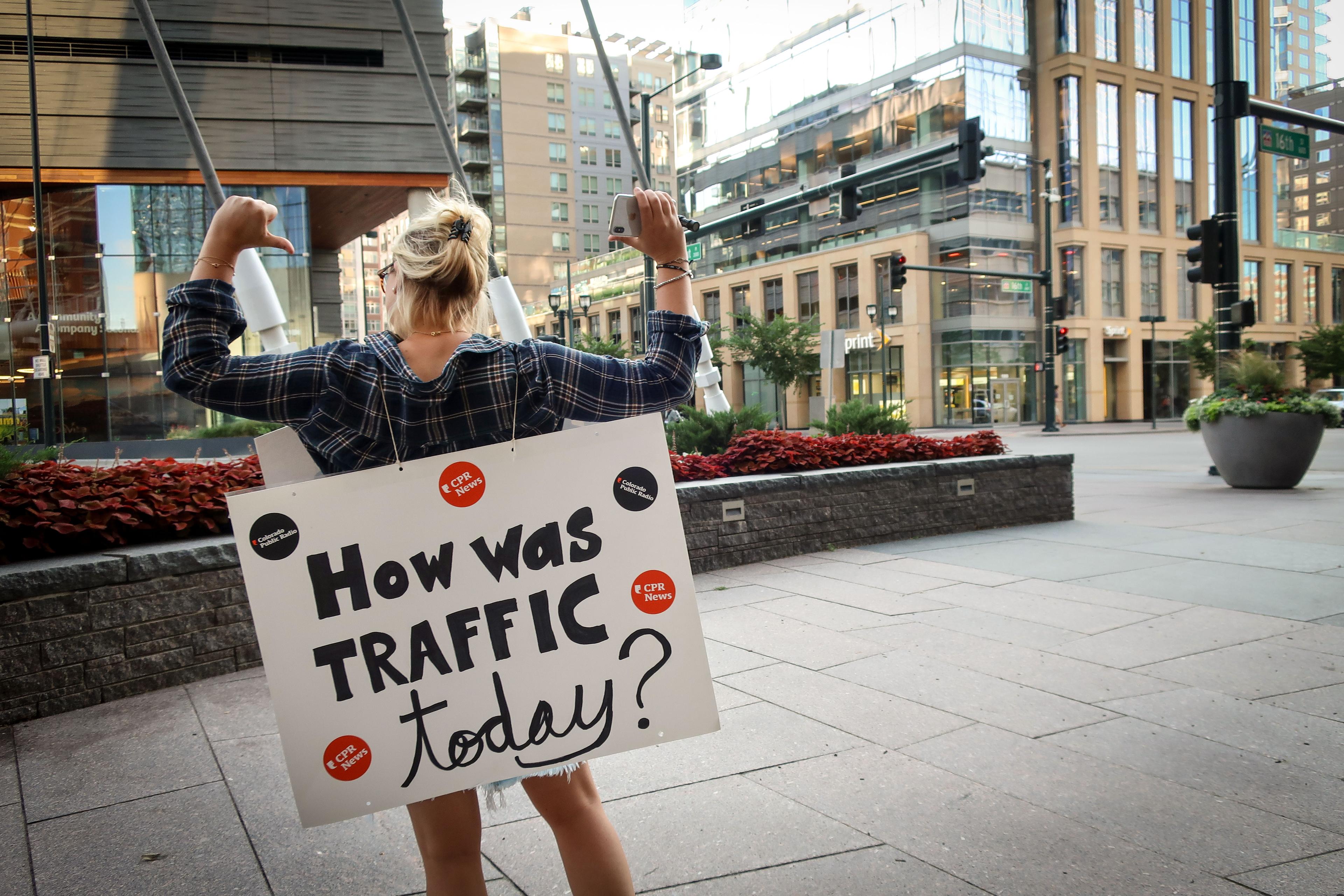
RTD’s ridership is down 5 percent since 2015, even though the population of the seven-county Denver metro area is up 15 percent since 2010. There are now more than 3 million of us crowded around the Mile High City.
So why are people getting off — and staying off — RTD’s buses and trains?
In a 2014 survey, 36 percent of non-riders said they don’t use RTD’s services because of their professed love of their car.

In an effort to understand the disconnect, we wandered around downtown Denver to ask people why they don’t use RTD. What we heard largely matched the agency’s survey: people prefer the easiest way to get around. And that’s often a car, a trend supported by more recent national surveys too.
“We have really bad public transportation in Brighton,” A.J. Winter said of his home city. “I just normally drive because if I want to take the bus I have to go all the way to Westminster.”
Joy Lohmann lives next to the G Line in Wheat Ridge and has considered the train, but sometimes she has “to leave work and go places for my job so it’s kind of hard if I have to leave because then I won’t have a car.”
RTD’s board is currently considering a tough question related to this: Should it run more buses in high-ridership areas to make their service more convenient, or should it make sure it’s serving all corners of its vast district? That discussion is part of the agency’s two-year-long “Reimagine RTD” overhaul.
The public will be a big part of that process, RTD says. But CPR News is interested in your ideas too! Tell us what you think below.
_









